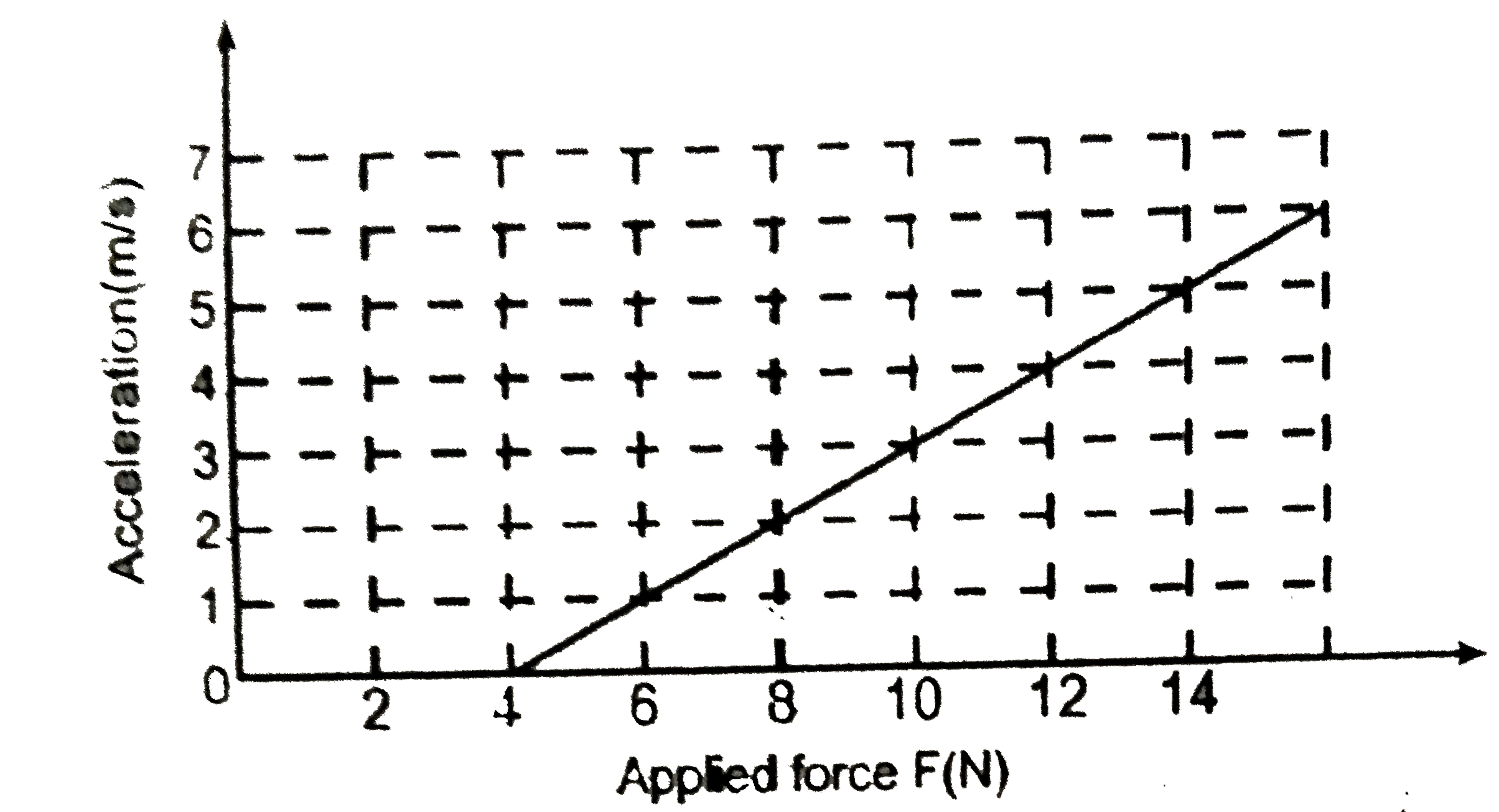A block B is at rest on the rough horizontal surface as shown. Another block A collides with B. Then, which of the following statement is correct?
(i) Impulsive friction acts on block B.
(ii) Conservation of momentum can not be applied on a system (A+B) along x−axis for the situation just before and just after the collision.
(iii) Conservation of momentum can be applied on system (A+B) along x−axis for the situation just before and just after the collision.
(iv) Block A always moves along positive x−axis after collision.

(i) and (ii)
(i), (ii) and (iv)
(i)(iv)
(iii)
Step by step video & image solution for A block B is at rest on the rough horizontal surface as shown. Another block A collides with B. Then, which of the following statement is correct? (i) Impulsive friction acts on block B. (ii) Conservation of momentum can not be applied on a system (A+B) along x-"axis" for the situation just before and just after the collision. (iii) Conservation of momentum can be applied on system (A+B) along x-"axis" for the situation just before and just after the collision. (iv) Block A always moves along positive x-"axis" after collision. by Physics experts to help you in doubts & scoring excellent marks in Class 11 exams.
Updated on:21/07/2023Topper's Solved these Questions
Similar Questions
A metal block is resting on a rough wooden surface. A horizontal force applied to the block is increased uniformly. Which of the following curves correctly represents velocity of the block ?
View SolutionForce 'F' is applied on block 'B' and the system remains at rest . All surface are ruogh , which of the following statement (s) is /are correct

View SolutionA block is placed on a rough horizontal plane. Three horizontalforces are applied on the block as shown in the figure. If the block is in equilibrium, find the friction force acting on the block.

View SolutionA block of unknown mass is at rest on a rough, horizontal surface. A horizontal force F is applied to the block. The graph in the figure shows the acceleration of the block with respect to the applied force. The mass of the block is

View SolutionA block of mass 1 kg in kept on a rough horizontal surface with μs=0.1 . A force of 0.5 N is applied as shown in the figure. What is the frictional force applied by ground on the block?

View SolutionA block of mass M rests on a rough horizontal surface as shown. Coefficient of friction between the block and the surface is μ. A force F=mg acting at angle θ with the vertical side of the block pulls it. In which of the following cases the block can be pulled along the surface?

View SolutionA 30kg block rests on a rough horizontal surface A force of 200N is applied on the block The block acquires a speed of 4m/s starting from rest in 2s What is the value of coefficient of friction ? .
View SolutionThe maximum value of F which can be applied on the system shown in figure so that both blocks move together with same acceleration is

View SolutionTwo identical ladders, each of mass M and length L are resting on the rough horizontal surface as shown in the figure. A block of mass m hangs from P. if the system is in equilibrium, find the magnitude and the direction of frictional force at A and B.

View SolutionA block of mass 10 kg is placed on the rough horizontal surface. A pulling force F is acting on the block which makes an angle θ above the horizontal. If coefficient of friction between block and surface is 43 then minimum value of force required to just move the block is (g=10ms2)
View Solution
